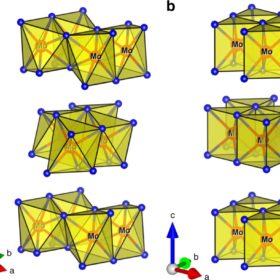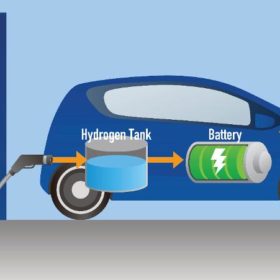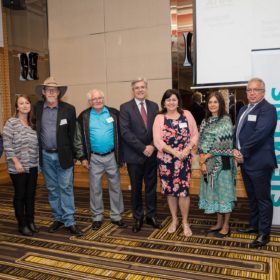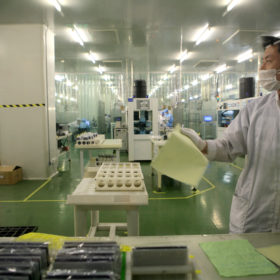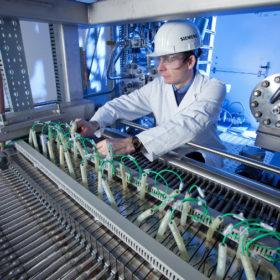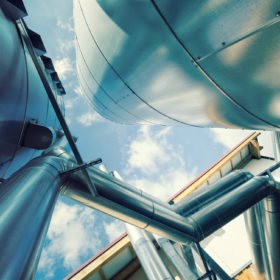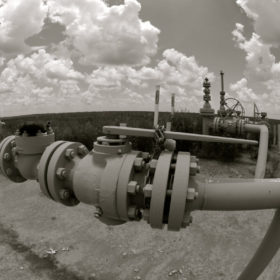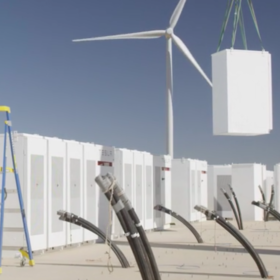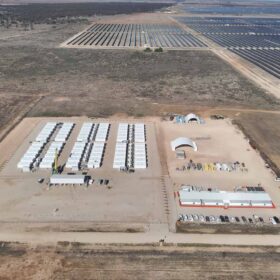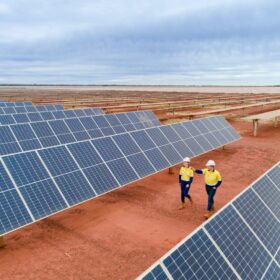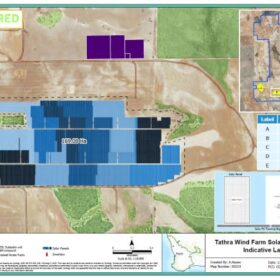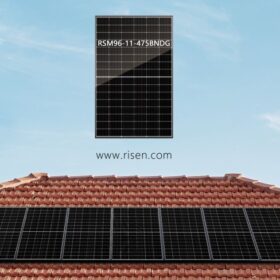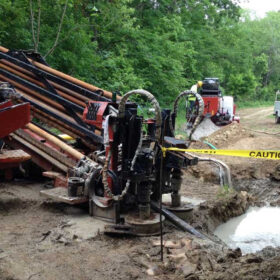Scientists double down on hydrogen production
A team of scientists led by the University of Glasgow has discovered a more efficient method of splitting water into hydrogen and oxygen using electricity which it says could almost double the amount of hydrogen produced per millivolt.
QUT at the forefront of Australia’s hydrogen push
As the momentum is building behind hydrogen in Australia and abroad, the Queensland University of Technology (QUT) is leading the way in research and development with a range of initiatives on the ground.
Siemens backs 5 GW solar and wind plans to produce green hydrogen
A massive green hydrogen production project has been unveiled for Western Australia with Siemens on board as technology partner. The project location is touted as Australia’s best for combined solar and wind generation potential.
Workers’ union calls for regional jobs in renewables, li-ion batteries, green hydrogen
The Australian Manufacturing Workers’ Union is recommending an overhaul of policies to promote manufacturing in regional Australia along with a major push to create new jobs in a range of industries, including lithium batteries, green hydrogen and renewables.
Two major ammonia plants powered by green hydrogen planned for Queensland
As part of a broader push to develop a domestic hydrogen industry, the Australian Renewable Energy Agency (ARENA) is providing $2.9 million for two studies into using solar and wind-powered hydrogen for ammonia. Both project are located in Queensland and presently use natural gas as feedstock.
Finkel persisting with carbon capture and storage
Australia’s chief scientist Dr. Alan Finkel continues to push Australia toward a strong hydrogen economy produced by solar and wind through electrolysis. However, Finkel remains attached to the idea that toxically unpopular carbon capture and storage methods, a lifeline for fossil fuel producers, should also play a part.
South Australia government releases Hydrogen Action Plan
South Australia is looking to leverage its wind, sun, land, infrastructure and skills to be a world-class renewable hydrogen supplier.
Western Australia opens Renewable Hydrogen Fund
The Western Australian Government has launched a $10 million Renewable Hydrogen Fund in a bid to drive a new job-creating industry harnessing the state’s renewable resources. The fund’s strategic focus areas will be export, remote applications, blending in gas network and transport.
A close look at nature could lead to cheaper hydrogen
Scientists at the Australia National University have observed a key stage in the process of photosynthesis which could be copied to greatly increase the efficiency of sunlight-powered water splitting processes used to produce hydrogen.
Neoen gets green light for PV-wind-battery hub in South Australia
French renewables developer Neoen has won development approval from the South Australian government for a major renewable energy project, comprising 125 MW of wind generation, 150 MW of solar PV generation and 130MW/400MWh of lithium-ion battery storage. The project could also integrate up to 50 MW of on-site hydrogen production capability.
